Live streaming and game streaming have become easily accessible for everyone. However, because anyone can start, many programs are not comfortable to watch. While upgrading video quality is an obvious improvement, upgrading sound quality is often overlooked.
This time, I’ll share how beginner streamers and video creators can improve sound quality to attract viewers!
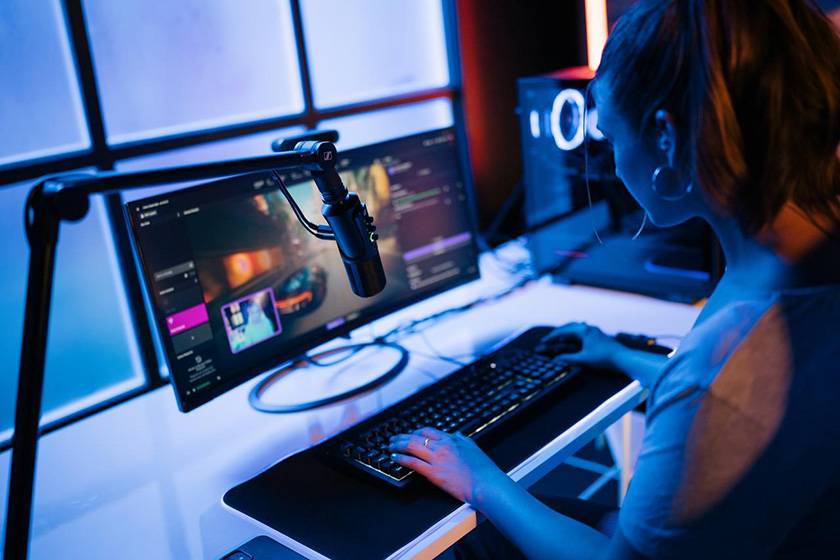
Contents
- How Talk Sound Quality Directly Affects Viewer Satisfaction - The Importance of Clear Audio
- Significantly Improve Sound Quality with External Microphones - USB/Condenser Microphones + Audio Interfaces
- Microphone Directionality and Setup Environment - How Direction and Distance Affect Sound
- Sound Quality Adjustments Before Streaming - How to Adjust Sound Quality Using Software Like OBS
How Talk Sound Quality Directly Affects Viewer Satisfaction - The Importance of Clear Audio
Have you ever paid attention to the sound quality of a speaker’s voice? It is routinely managed in TV shows, radio programs, and by famous YouTubers, but you may not have consciously noticed it. In reality, good sound quality makes a program feel ‘good’, while poor sound quality makes it feel like a ‘low-quality show’.
This can be understood more clearly with an example related to video quality.
When watching YouTube or streaming, if the internet connection becomes unstable, the video quality deteriorates and becomes blurry. This immediately brings viewers’ attention back to reality and causes discomfort. Similarly, inadequate lighting or poor camera quality can also cause discomfort.
The same applies to audio. If the speaker’s voice is distorted or hard to understand, it creates a sense of ‘discomfort’, leading to viewers potentially stopping their viewing.
Viewers are accustomed to ‘high-quality programs’ due to the influence of television and other media.
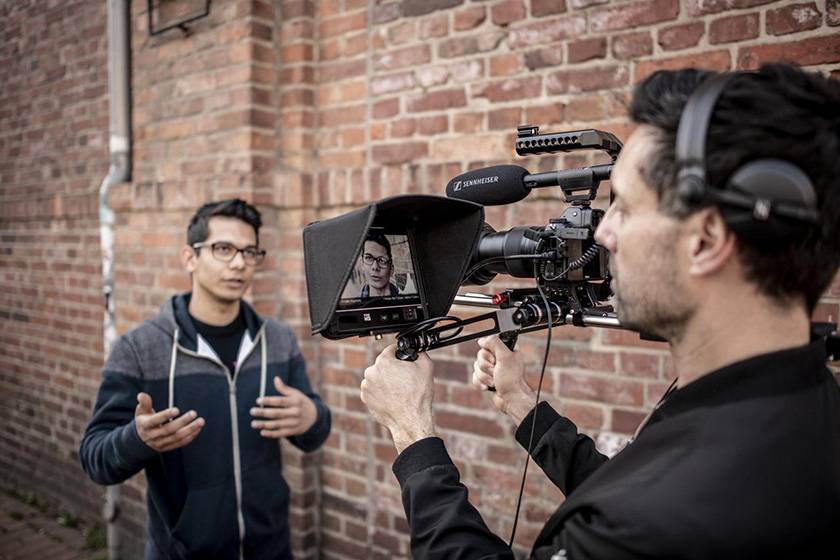
<Professionals use high-quality audio equipment, not just cameras>
Even though it might be challenging to achieve TV quality, ‘clear and comfortable audio’ can be achieved by anyone with the right equipment.
Significantly Improve Sound Quality with External Microphones - USB/Condenser Microphones + Audio Interfaces
The first step to achieving ‘clear and comfortable audio’ is using an external microphone. While smartphones and computers (hereafter referred to as streaming devices) come with built-in microphones that can be used for live streaming or content production, these built-in microphones are simple and differ significantly from those used in actual production, leading to different sound quality. First, try introducing an external microphone to improve sound quality.
There are two main methods for introducing an external microphone:
Using a Condenser Microphone + Audio Interface
External microphones can be divided into dynamic microphones and condenser microphones based on their operating principles. The latter, condenser microphones, offer easily noticeable high-quality sound, characterized by delicate and clear audio.
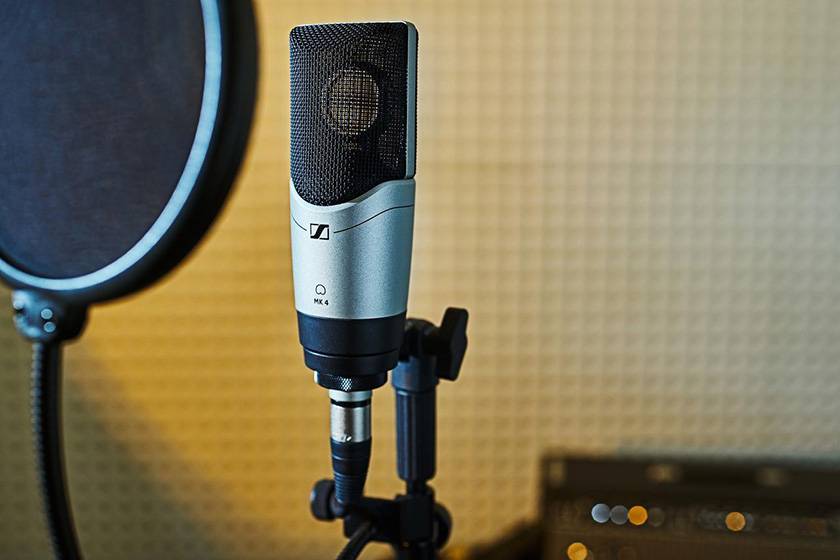
<Condenser Microphone: Sennheiser MK 4>
However, condenser microphones (external microphones) output sound through an analog audio output terminal (XLR terminal), which cannot be directly connected to streaming devices.
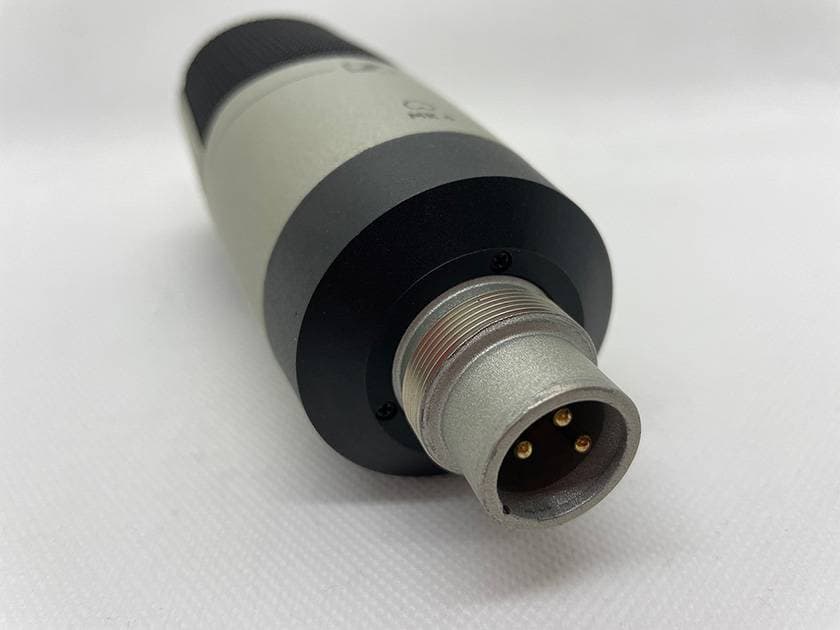
<XLR Output Terminal of the MK 4>
Therefore, to connect an external microphone to a streaming device, an additional audio device called an audio interface is required. This connects to the streaming device via USB, acting as an intermediary between the professional XLR terminal and USB.
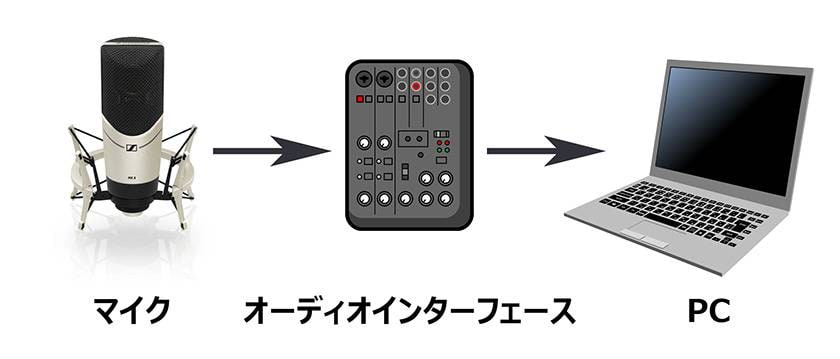
<Audio Interface is Needed to Connect the Microphone to a PC>
The advantage of the condenser microphone + audio interface setup is its scalability. You can upgrade individual components (microphone or audio interface) as your skills improve, allowing for continuous enhancement.
Upgrading the audio interface can bring you closer to the high-quality sound environment of professional broadcasting stations. If you are considering music production purposes other than streaming vocals or recording instruments, the combination of condenser microphone + audio interface is recommended.
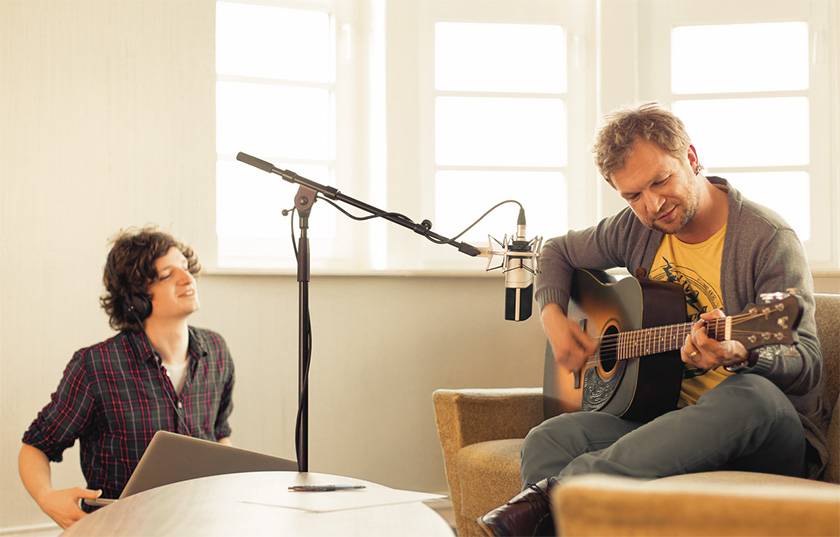
<The condenser microphone + audio interface setup is suitable for music production>
However, this setup requires some knowledge of audio equipment. As the number of devices increases, so do potential troubleshooting needs. If you lack confidence or feel uneasy, starting with the USB microphone described below is recommended.
Using a USB Microphone
A USB microphone integrates a condenser microphone and an audio interface into one device, making it easy to use by simply connecting a USB cable to the streaming device. It is so straightforward that there is hardly any need for explanation.
The following is an example of the Sennheiser USB microphone Profile USB Microphone, which includes necessary knobs and switches on the mic itself.
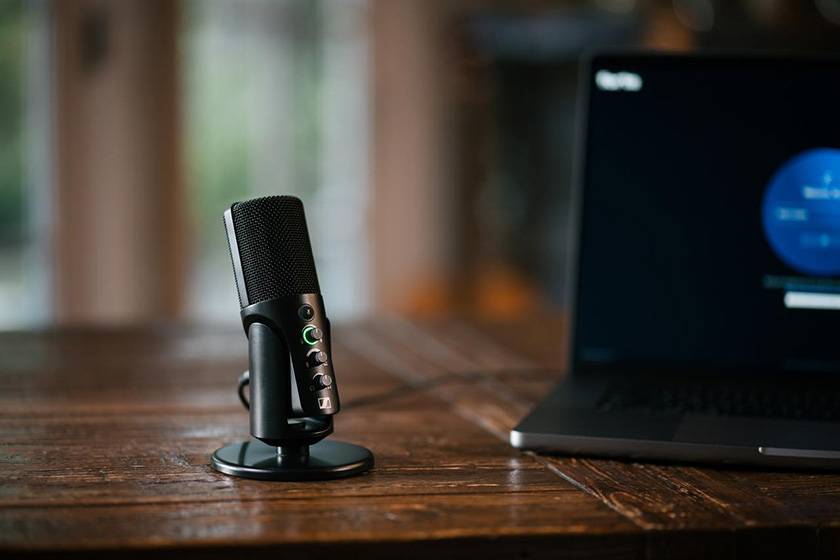
<USB microphone integrates the audio interface and microphone>
To achieve high-quality streaming, setting the appropriate volume (input volume) is also necessary. If it’s too loud, the original sound will be distorted, resulting in what is called clipping, which is a major no-no in audio handling. If it’s too quiet, the sound won’t be good either, so it’s important to set it appropriately.
With USB microphones like the Profile USB Microphone, you can easily set the volume using the knobs on the mic. For the Profile USB Microphone, the LED color changes to orange when the volume is too high, making it easy to find the optimal volume setting. Adjust the knob while speaking, setting it so that the LED barely turns yellow when speaking loudly.
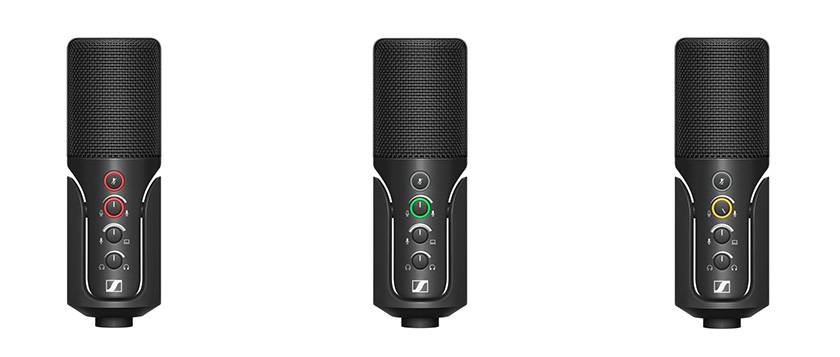
<LED color changes to indicate mute or excessive volume>
Microphone Directionality and Setup Environment - How Direction and Distance Affect Sound
To improve sound quality, paying attention to the setup environment and placement method is necessary, not just switching to an external microphone. Improving the setup environment and placement method can be effective even with built-in microphones, so it’s worth trying.
Microphone Directionality
Not all microphones pick up sound equally from all directions. Each microphone has a ‘preferred direction’ for picking up sound, called directionality. Built-in microphones in streaming devices often use omnidirectional (non-directional) microphones that pick up sound evenly from all directions.
Omnidirectional microphones pick up sounds not only from the speaker but also from the opposite direction, reducing the proportion of the speaker’s voice in the sound, making them unsuitable for recording conversations.
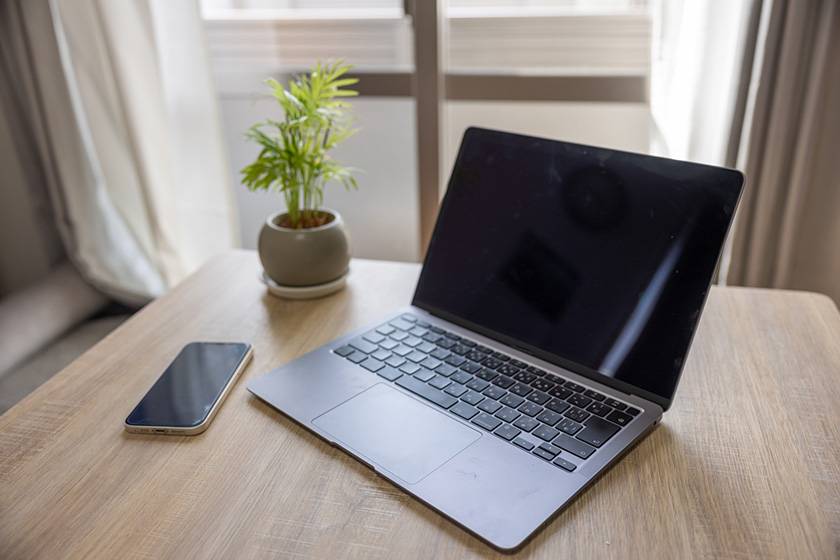
<Smartphones and PCs often use omnidirectional microphones>
For conversation recording, unidirectional (cardioid) microphones, which primarily pick up sound from a specific direction, are more suitable. Check for terms like unidirectional or cardioid when purchasing a microphone.
Also, the front of an external microphone varies depending on the microphone. Ensure to check the front before use, as incorrect orientation significantly affects sound quality.
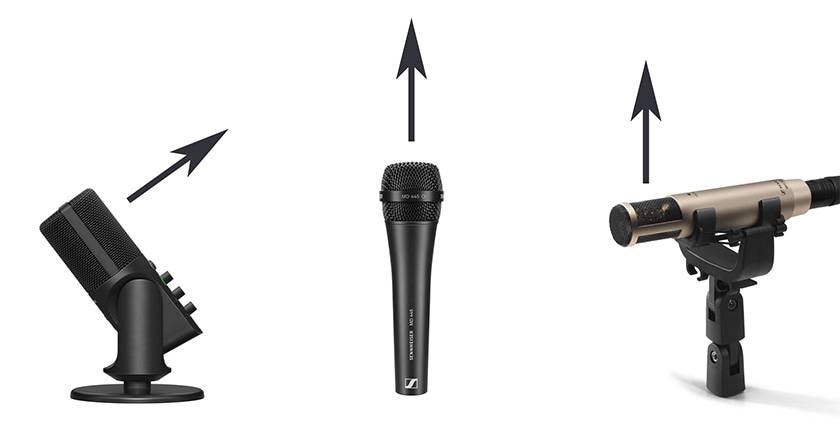
<Check the front of the microphone before use. Ex.: Profile, MD 445, MK 4>
Once you figure where the front is, always point the microphone towards your mouth during use. Simply orienting a unidirectional microphone correctly can significantly improve sound quality. Use the tilt mechanism, if available, like the one on the Profile USB Microphone.
Distance and Setup Environment
Distance also greatly impacts sound quality. Bringing the microphone closer to your mouth increases the proportion of your voice in the sound and reduces the proportion of ambient noise, improving sound quality.

<Simply bringing the microphone closer reduces noise and improves sound>
Additionally, ‘the proximity effect’, which enhances bass frequencies, occurs when the microphone is close to your mouth. This effect creates a realistic sound as if speaking close by, which is particularly beneficial for male voices with rich low frequencies.
Note that handheld microphones, commonly used in karaoke, are designed to be used at close range, with reduced bass adjusted in advance. Using them beyond close range will result in a sound with less bass.
Using a microphone stand is necessary to achieve the optimal orientation and placement. When purchasing a microphone, consider buying a microphone stand as well. For the Profile USB Microphone, there’s a Streaming Set that includes a boom arm (microphone stand). For music production, a flexible microphone stand is convenient, while a boom arm is handy for streaming purposes as it can be smartly installed permanently.
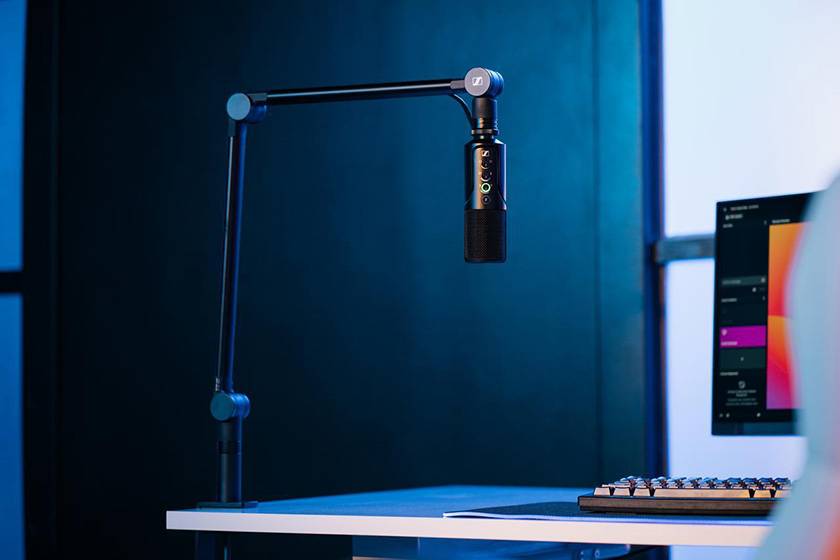
<Boom arm is convenient for desktop use>
Apart from noise, room reverberation can also obstruct clear audio. Adding sound-absorbing panels to the walls can reduce noise and achieve clear sound.
Sound Quality Adjustments Before Streaming - How to Adjust Sound Quality Using Software Like OBS
Finally, let’s discuss sound quality adjustments using streaming software. The standard streaming software OBS has a feature called ‘filters’ that can correct sound and video quality. You can use effects like equalizers and compressors to cut unnecessary sounds and adjust characteristics. These effects are in plugin form, and you can add effects from third parties as desired.
To use the Profile with OBS, select ‘Sennheiser Profile’ in ‘Audio Input Capture’ and it will work right away. To adjust sound quality, select filters in Audio Input Capture and choose effects like equalizers and compressors to make adjustments.
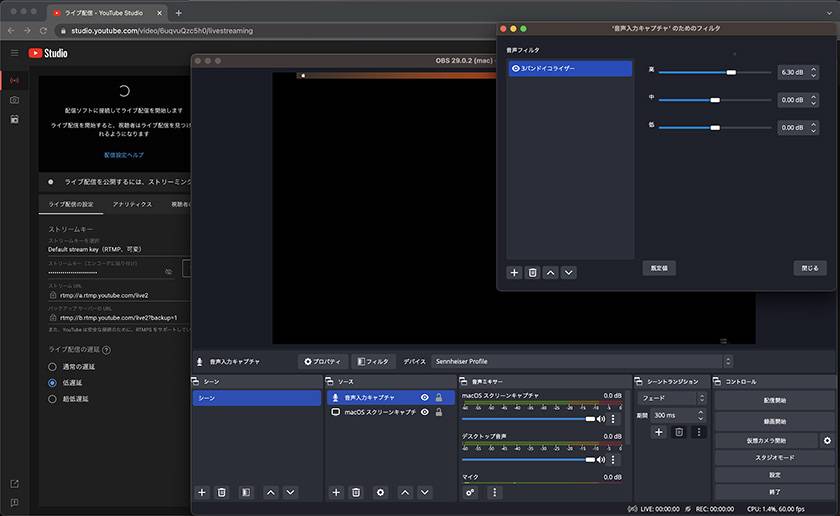
<You can adjust sound quality with OBS>
However, adjusting sound quality with effects requires some skill. Although it may seem easy and free of charge to adjust with effects, in reality, changing the microphone or adjusting its placement is simpler and more effective.
The Sennheiser Profile Streaming Set is a USB microphone set that can significantly upgrade your streaming environment. Why not enhance your streaming setup with the Streaming Set to captivate your audience?






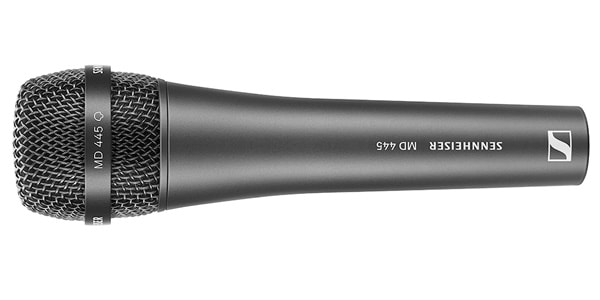
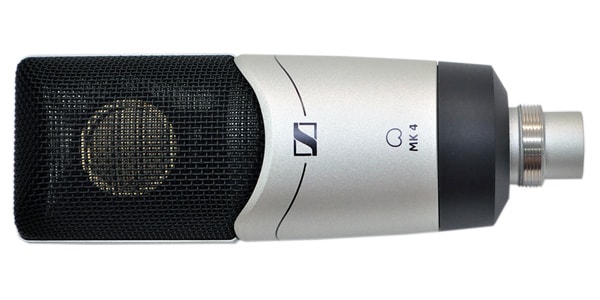
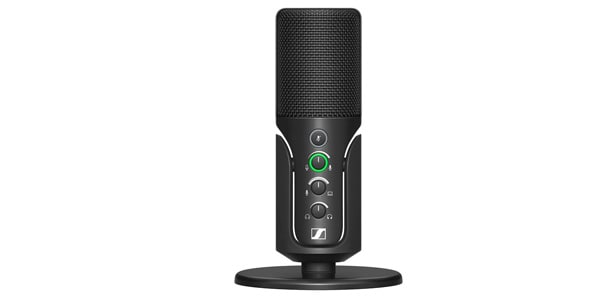
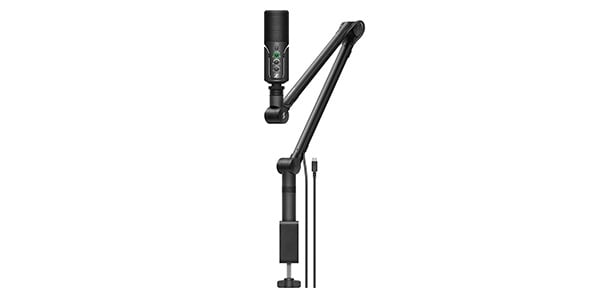
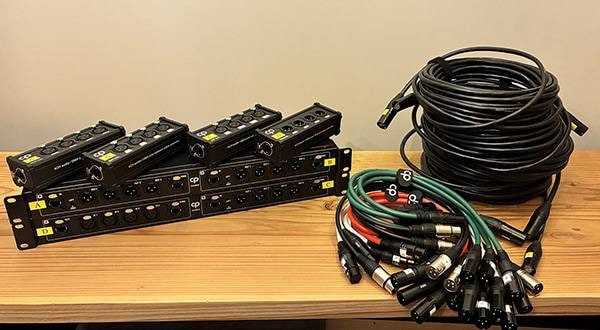
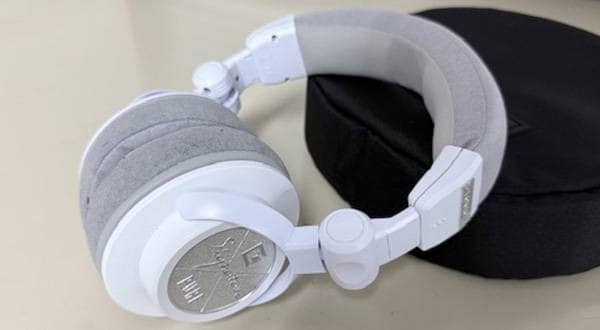
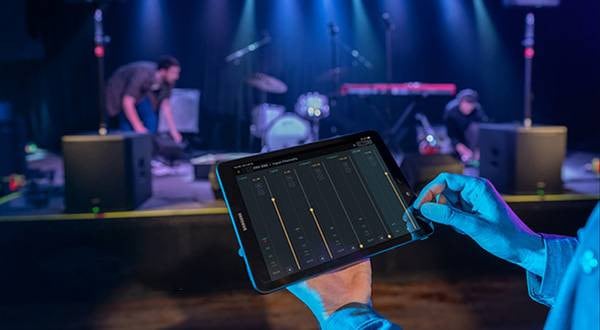
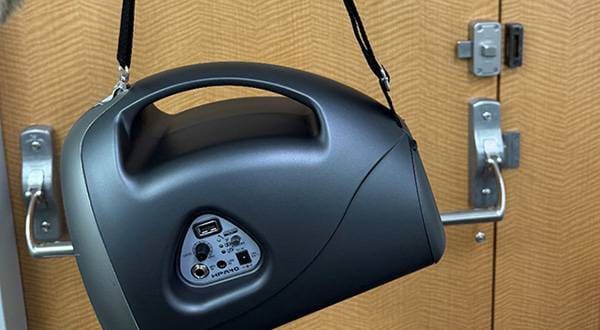
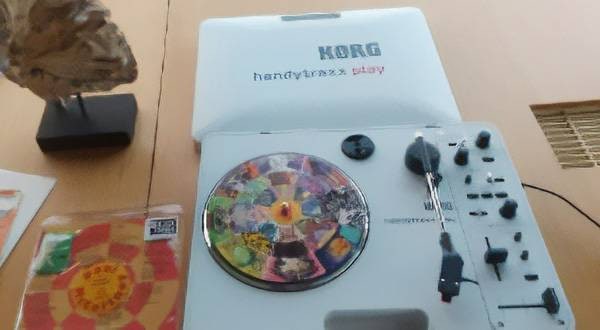
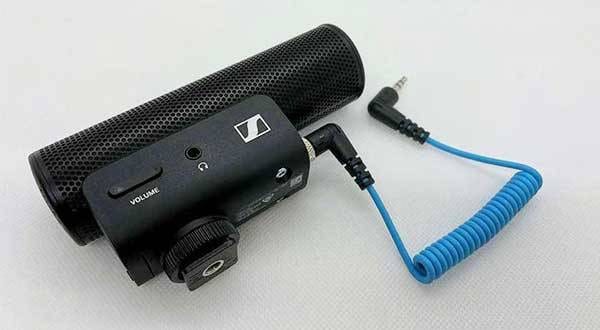
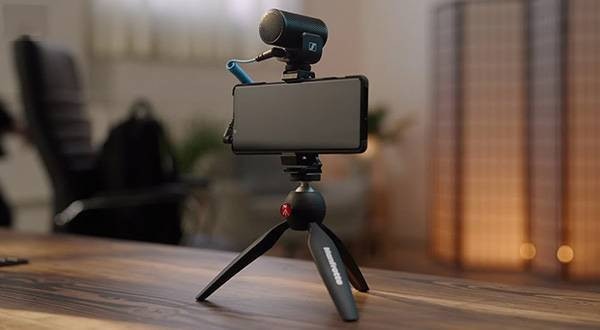
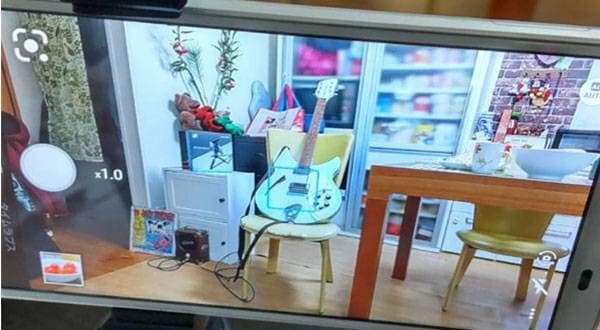
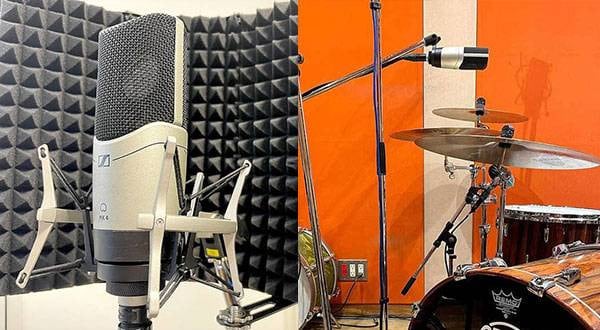


 SENNHEISERモニター用イヤホンの選び方
SENNHEISERモニター用イヤホンの選び方
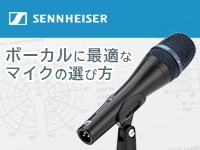 Sennheiser ボーカルに最適なマイクの選び方
Sennheiser ボーカルに最適なマイクの選び方
 SENNHEISER ワイヤレスマイクの選び方
SENNHEISER ワイヤレスマイクの選び方
 SENNHEISER プロ用インイヤーモニター
SENNHEISER プロ用インイヤーモニター
 SENNHEISERの歴史
SENNHEISERの歴史
 SENNHEISER(ゼンハイザー)特集
SENNHEISER(ゼンハイザー)特集















